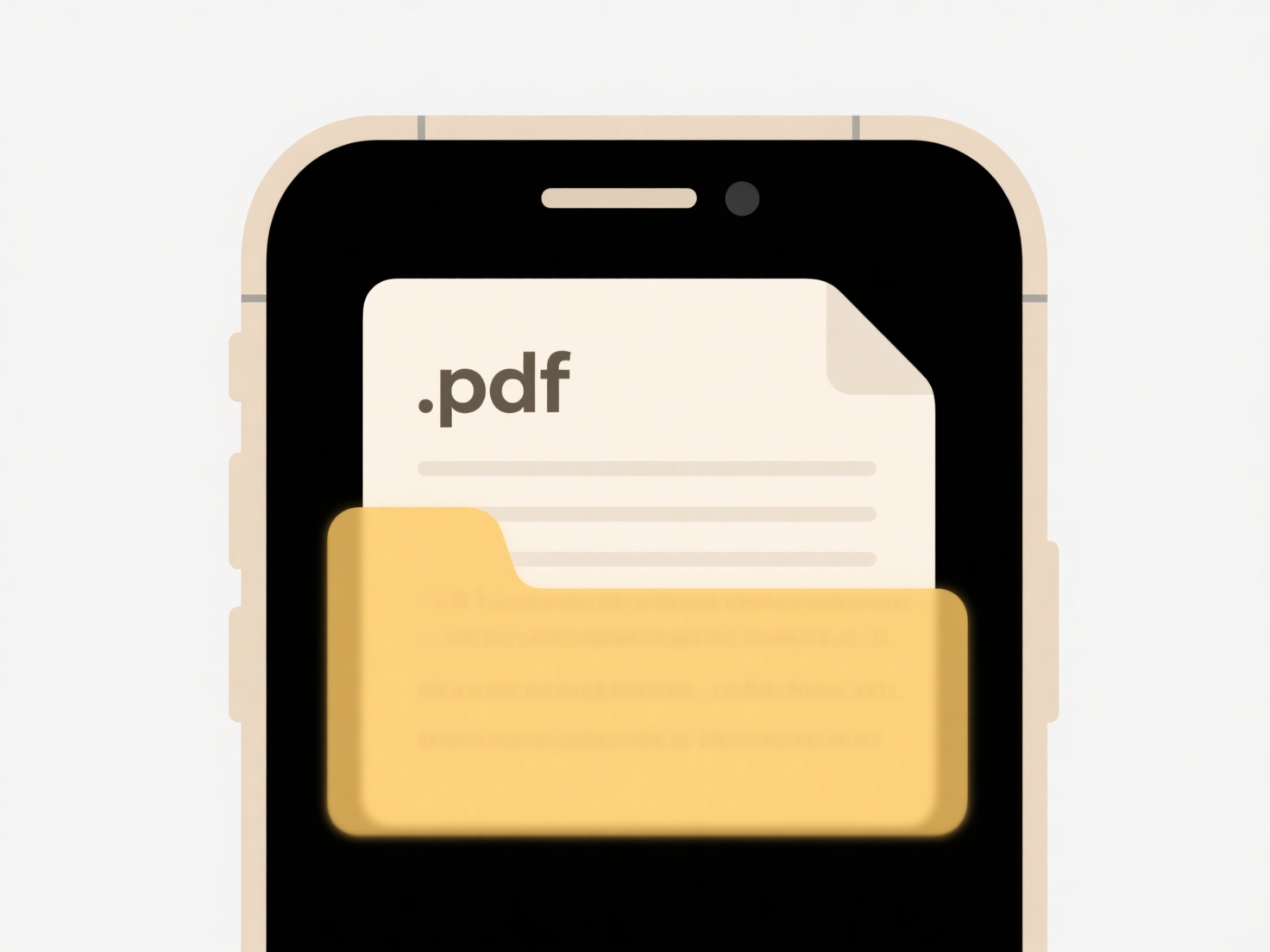
An external SD card is removable flash memory that physically inserts into your device, serving as expandable secondary storage separate from the internal phone memory. It allows you to store photos, videos, documents, music, and some app data without filling your device's built-in space. Unlike cloud storage, the SD card holds files locally and doesn't require internet access.

For instance, photographers can configure their phone's camera app to save photos and videos directly to the SD card, preserving internal memory. Similarly, users can transfer downloaded music libraries or large offline map sets for navigation apps to the SD card, making these files accessible during travel without needing mobile data.
The primary advantage is significant, low-cost storage expansion. However, limitations exist: modern Android (Android 10+) restricts direct app installation/saving due to sandboxing and privacy. Many apps require explicit user permission or settings configuration. While enhancing user control over local data management, SD cards are less durable than internal storage and can become corrupted. Future mobile trends focus on cloud and internal storage, reducing reliance on external media.
Can I save to external SD card on mobile?
An external SD card is removable flash memory that physically inserts into your device, serving as expandable secondary storage separate from the internal phone memory. It allows you to store photos, videos, documents, music, and some app data without filling your device's built-in space. Unlike cloud storage, the SD card holds files locally and doesn't require internet access.

For instance, photographers can configure their phone's camera app to save photos and videos directly to the SD card, preserving internal memory. Similarly, users can transfer downloaded music libraries or large offline map sets for navigation apps to the SD card, making these files accessible during travel without needing mobile data.
The primary advantage is significant, low-cost storage expansion. However, limitations exist: modern Android (Android 10+) restricts direct app installation/saving due to sandboxing and privacy. Many apps require explicit user permission or settings configuration. While enhancing user control over local data management, SD cards are less durable than internal storage and can become corrupted. Future mobile trends focus on cloud and internal storage, reducing reliance on external media.
Quick Article Links
What’s the best tool for batch renaming files on Windows?
What’s the best tool for batch renaming files on Windows? Batch renaming involves efficiently renaming multiple files ...
What’s a universal naming format that works across all devices?
A universal naming format that works consistently across devices and systems is the Uniform Resource Identifier (URI). U...
How do I prevent file format loss when saving?
File format loss typically occurs when saving a document in a different format or overwriting the original file, potenti...